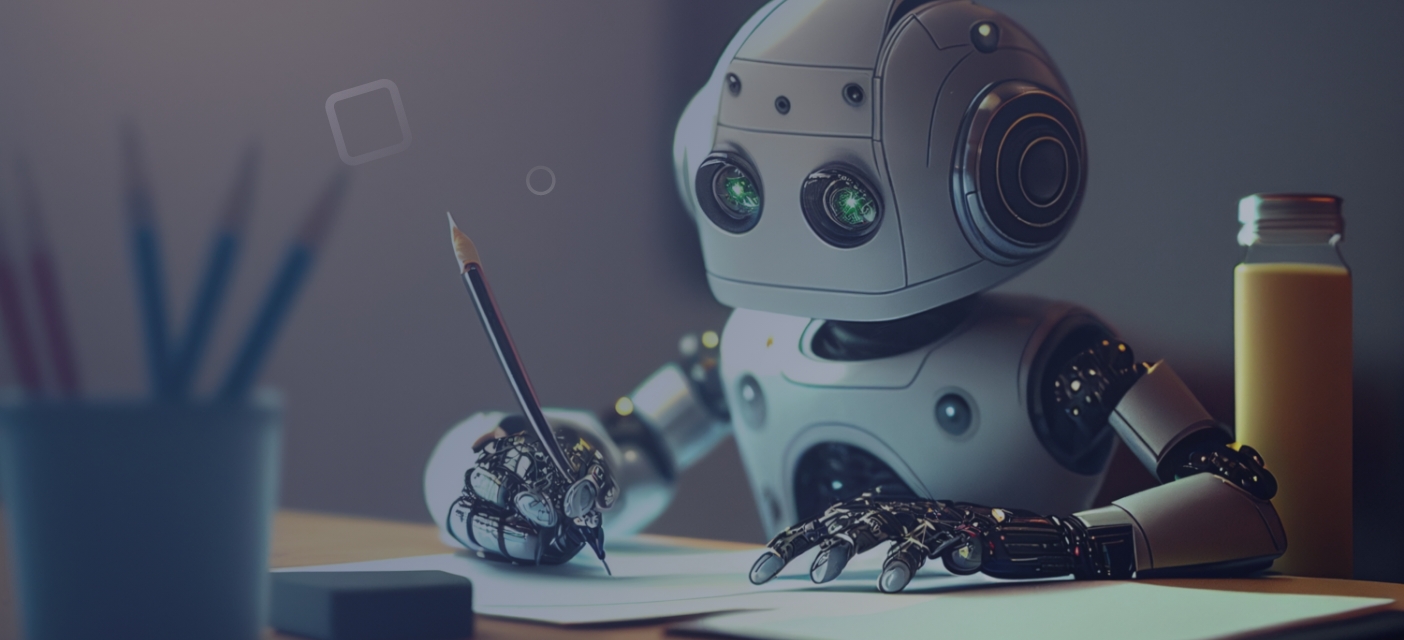

ChatGPT is a modern technology tool that can revolutionize the job market. Instead of fearing the next big AI solution, it is worth paying attention to its benefits. Today, AI can be recognized as an aid in everyday tasks, both private and professional. A perfect example is the work of UX/UI Designers, which is the subject of my article. Based on my own experience, I present how to use ChatGPT and make your work more manageable in the area of UX/UI.
Current AI solutions such as ChatGPT can support UX Designers in their everyday work. ChatGPT is an excellent tool in the designer’s arsenal, which can speed up the work and design process and broaden the set of skills.
There are many things ChatGPT can do in terms of UX/UI/Product design. It would help if you were prepared to receive different answers and adequately analyze and interpret the data received from ChatGPT. The tool will not replace a man. It can not think creatively and connect the dots. However, it helps in the search for solutions.
Here are seven fascinating ways to use ChatGPT in a designer’s work.
Generating Proto-persona
One of the first steps in product design is to understand the user’s needs. This attitude involves creating a Persona or Proto-persona representing the product’s target audience. ChatGPT can be a helpful tool in generating Proto-persona as it helps to understand and determine the problems, needs, behaviours and goals of potential users and demographics. Once ChatGPT generates the text, it is worth reading and analyzing. The resulting Proto-persona description may need to be adapted or supplemented based on your knowledge and context. Ensure the Proto-persona description is consistent and valuable for your project or goal.
Here are a few examples of what you can ask ChatGPT:
- Create a Proto-persona for an online store with clothes for women;
- Create a Proto-persona of a customer interested in buying sustainable products for home;
- Develop problems and needs of guests using the hotel (enter name, website address);
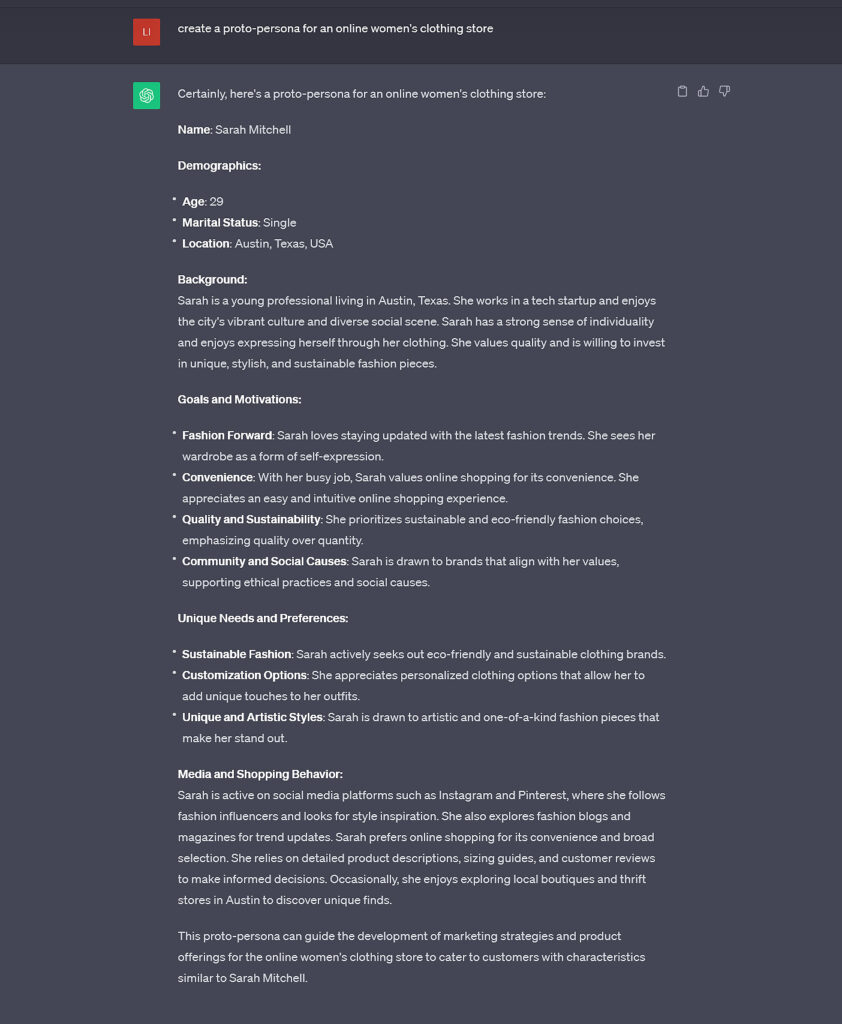
Competition analysis
Searching for information and analyzing competitors are vast and time-consuming tasks regarding the amount of information that needs to be processed. It is necessary to explore many different areas where ChatGPT can help us, e.g. identifying competitors, collecting data about competitors, and comparing products/services. In addition, ChatGPT can help you quickly summarize the text or generate a brief overview of topics in a few sentences.
Here are a few examples of what you can ask ChatGPT:
• direct competition for (enter company name) in Poland;
• summarize the problems of the fashion industry in Poland;
• reviews on the network about (enter the name of the brand);
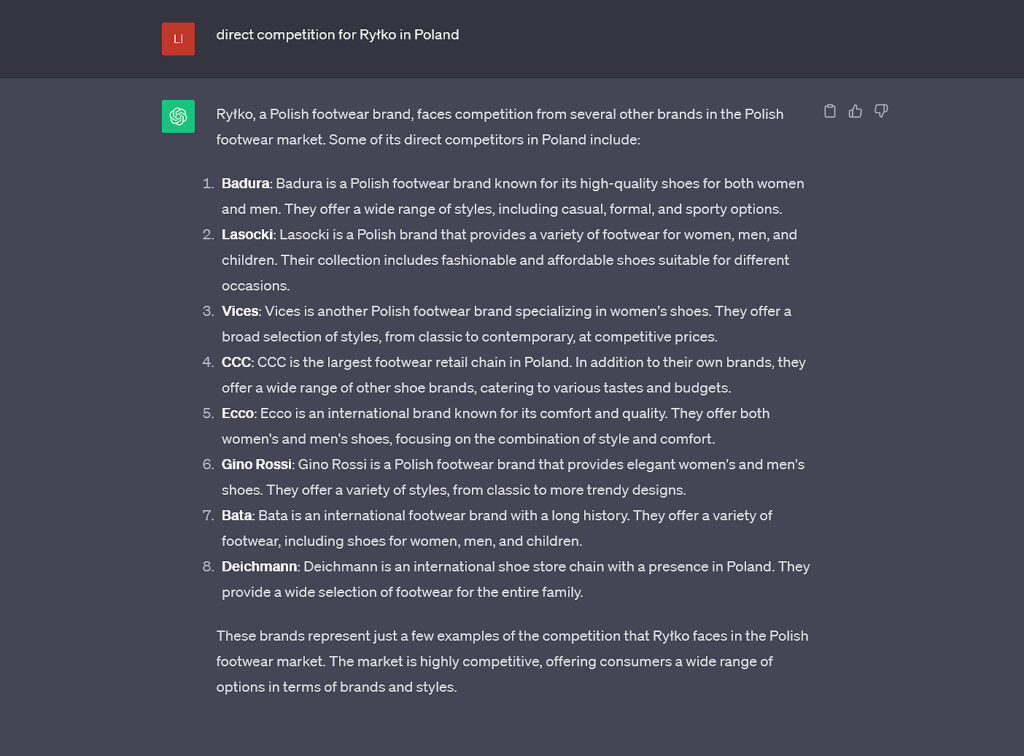
Generating ideas and seeking inspiration
Design is an iterative process, and brainstorming is a crucial part of that process. ChatGPT can generate new design ideas based on user feedback or other input. Also, ChatGPT can create many design inspirations by entering product or user information. If you have doubts about how you will do during brainstorming, you are better to prepare in advance based on ChatGPT.
Here are a few examples of what you can ask ChatGPT:
- Create five ideas of a website for a cafe;
- Design a product page for a clothing store for Generation Z;
- Design infographics for a renewable energy research report;

Carrying out research
Research with users is crucial to understanding the needs and preferences of the target audience. ChatGPT can help you create questions for surveys, interviews or tests. By entering the information about the target audience into ChatGPT, we will get many questions that can be used when preparing for the survey. In addition, the tool will be helpful when writing an invitation to participate in a study or creating research questions.
Here are a few examples of what you can ask ChatGPT:
- Create a scenario for usability tests (site name);
- Generate an interview script with a Generation Z user for the application to book accommodation;
- Develop research questions for (enter goal);
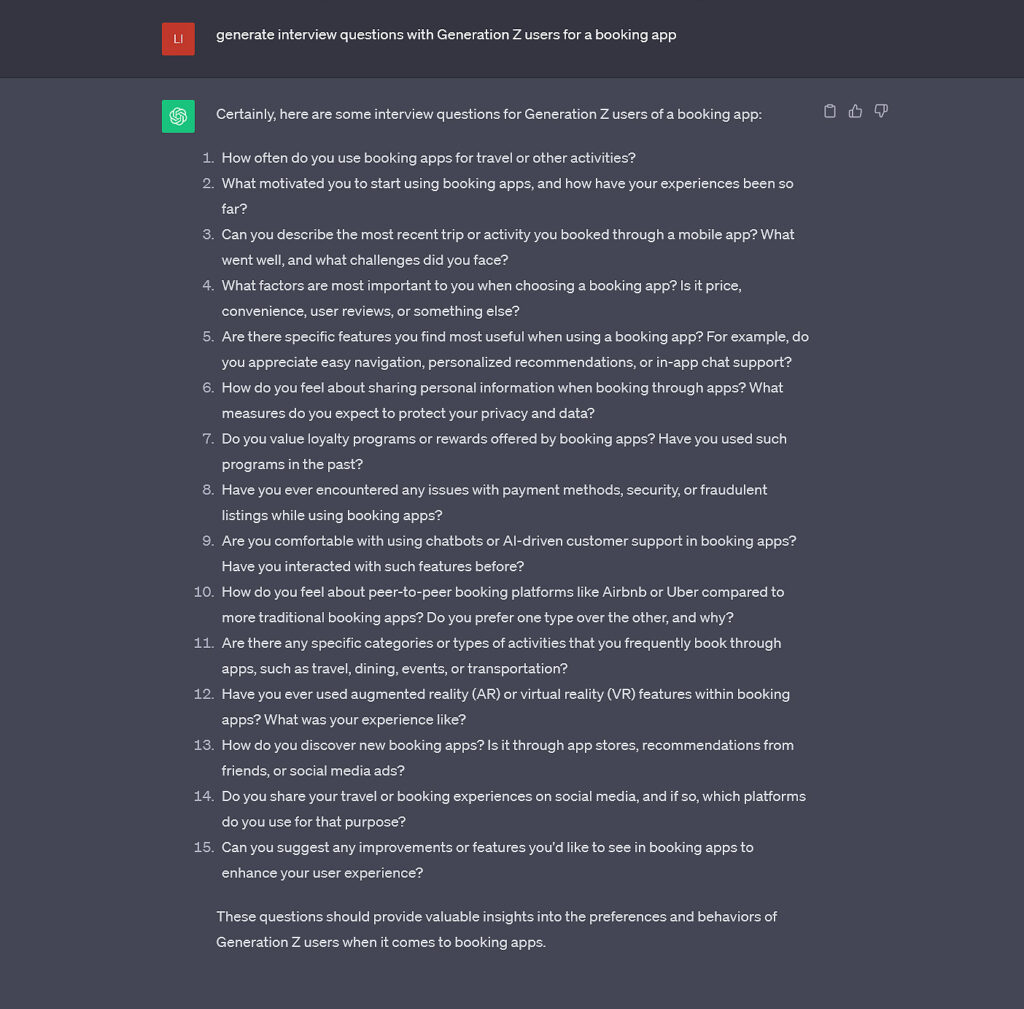
Mapping user journeys
Although ChatGPT can only talk to us via text messaging, designers will find answers to complicated questions, e.g., how to develop a “user flow” or “user journey” in text form. The tool copes well with such challenges. It creates a list of steps that you can use to visualize user paths. I would like to know if it will be possible to generate, for example, a flowchart using the chat in the future.
Here are a few examples of what you can ask ChatGPT:
- Create user flow for the shoe store;
- Create a customer path for (brand name);
- Design the flow of users when booking a hotel room on the hotel website;
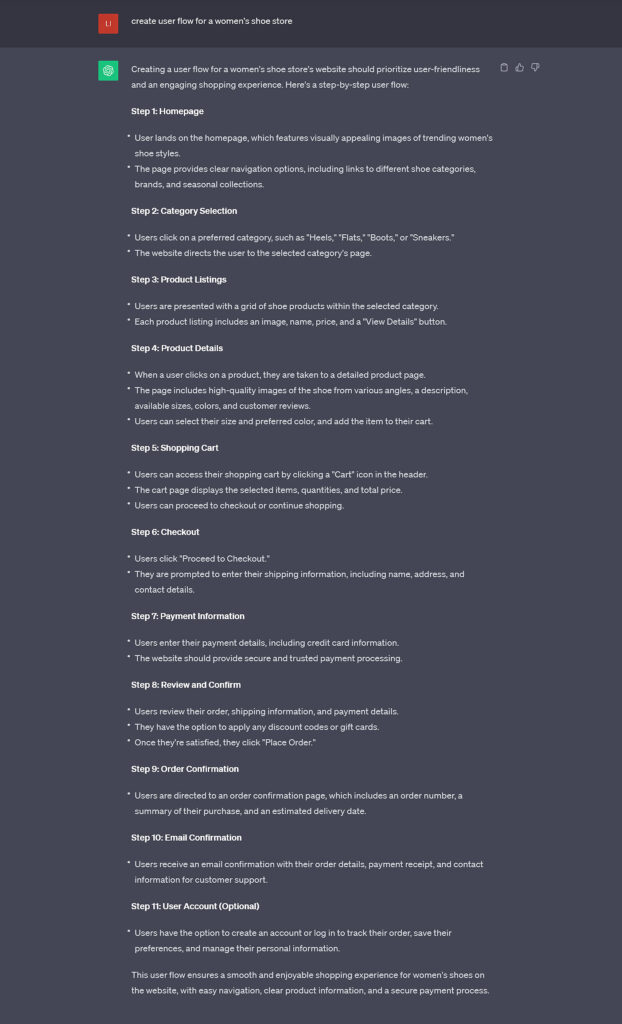
Design
ChatGPT can not create visual prototypes, but it describes how to design a product or service. We can ask you about the best design principles for a specific industry or tools to support you in building an information architecture. We will get valuable information about the layout, typography, colours and other design elements that can improve the usability and visual appeal of the interface. In addition, ChatGPT can recommend various design tools to create concepts, prototypes, and user flows.
Here are a few examples of what you can ask ChatGPT:
- Create a design system for a football store;
- How to improve the usability of a clothing store for women;
- A helpful tool for creating user flows;
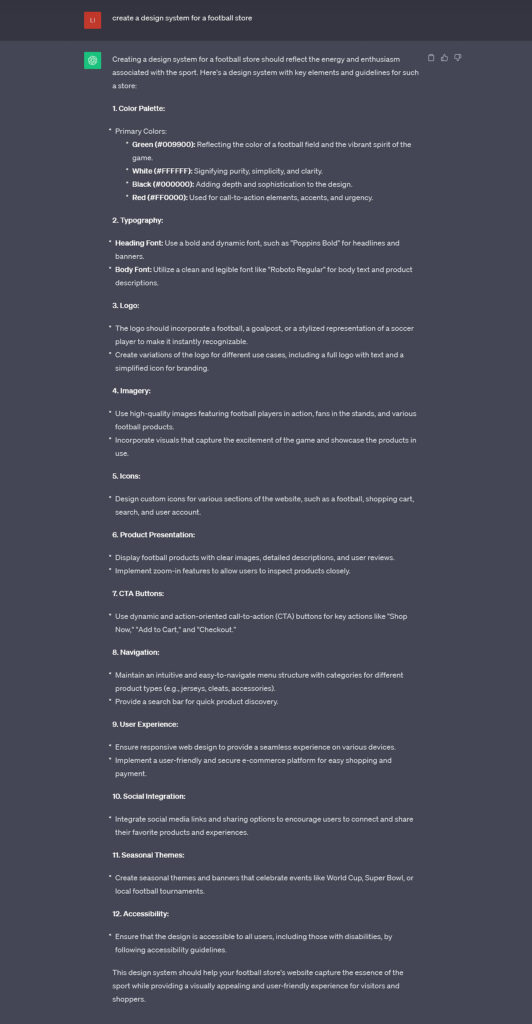
Support for learning
The design industry is changing very quickly. New technological opportunities contribute to the development of new tools and opportunities. Designers who want to develop and test new tools can use ChatGPT to tell you about what’s new with valuable links. You can also ask about the best tool to solve a problem or perform a task. It is worth using ChatGPT to find new platforms that are used to master certain areas or skills.
Here are a few examples of what you can ask ChatGPT:
- The best AI tools to generate graphics;
- What tools to use for VR design;
- The latest prototyping tool;
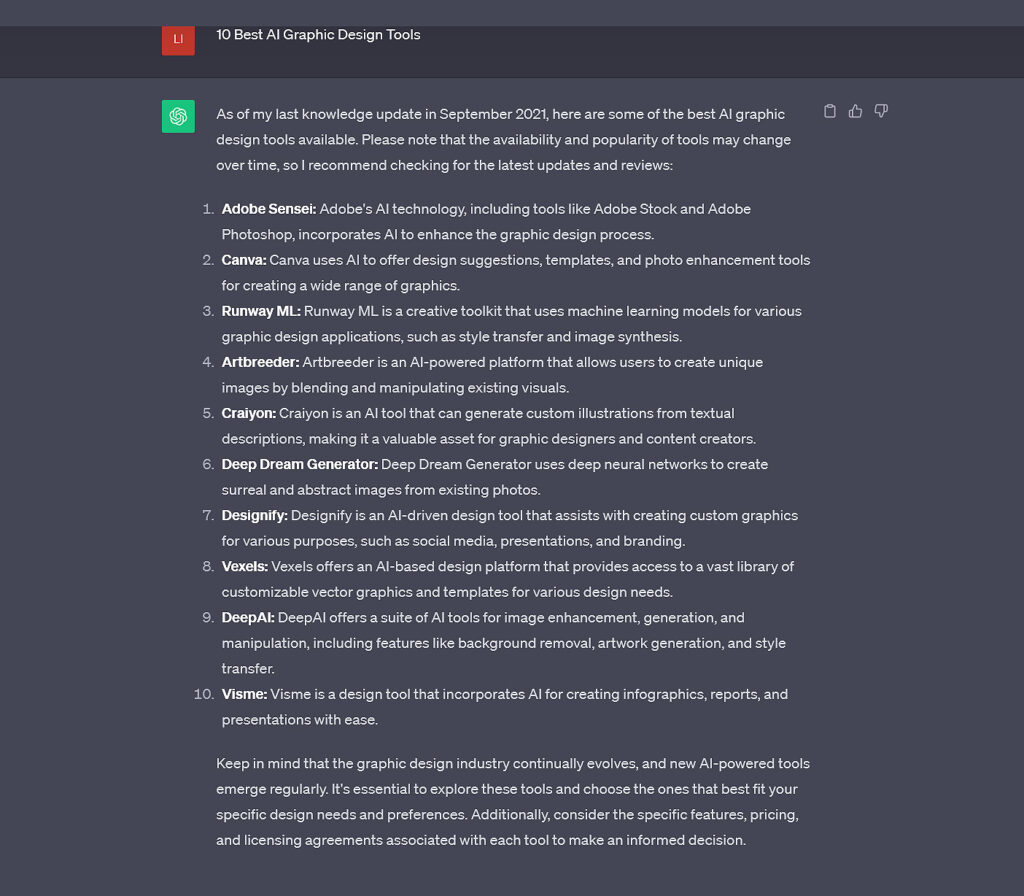
Whether you’re a UX/UI Designer or a Product Designer, ChatGPT can revolutionize your workflow — or at least simplify and speed up research and data processing. Please don’t rely on it entirely: ChatGPT is not perfect and can sometimes generate false information (especially when it comes to statistics). However, it can become your best design companion with proper control and detailed suggestions. It is worth checking the development of ChatGPT on an ongoing basis because, like any AI tool, it is constantly learning and improving its performance.
Contact our team of experts to find out how we can help you grow your e-commerce business.


